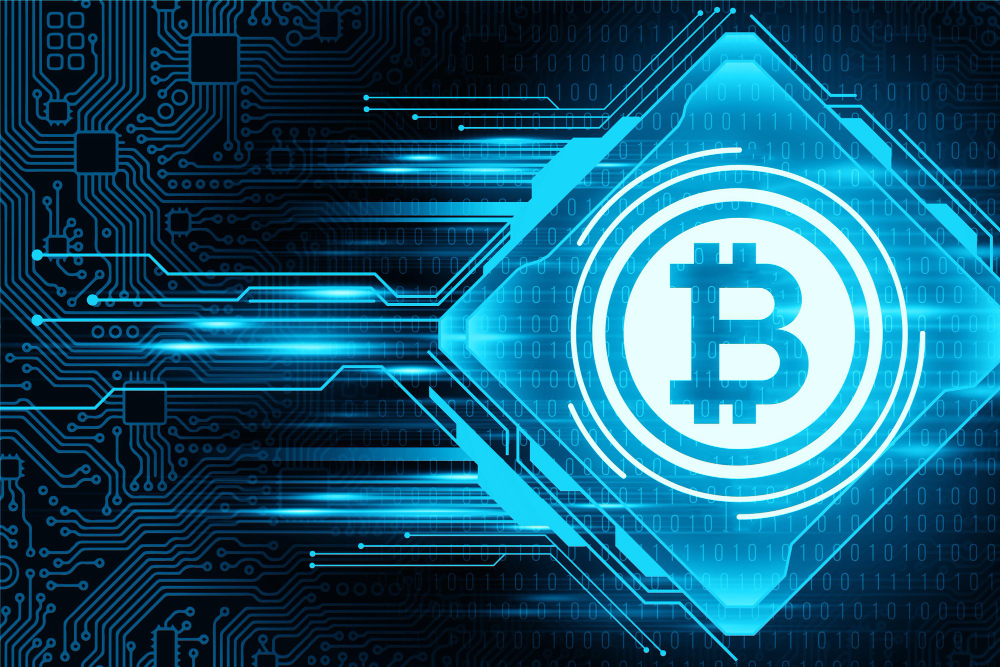
The Quantified Self Movement has gained momentum in recent years, fueled by the widespread adoption of wearable technology for personal health monitoring.
According to a report by Grand View Research, the global wearable medical device market size is expected to reach USD 139.35 billion by 2028, driven by the growing demand for real-time health tracking and management solutions.
This article explores the concept of the Quantified Self Movement and how wearable technology is revolutionizing personal health monitoring and wellness management.
Understanding the Quantified Self Movement:
The Quantified Self Movement is a cultural phenomenon centered around self-tracking, self-experimentation, and data-driven decision-making for personal health and well-being. It involves the use of wearable devices such as smartwatches, fitness trackers, and health monitors to collect and analyze data on various aspects of daily life, including physical activity, sleep patterns, heart rate, and more. By quantifying and analyzing this data, individuals gain insights into their habits, behaviors, and health metrics, empowering them to make informed lifestyle choices and improve their overall well-being.
Advantages of Wearable Technology for Personal Health Monitoring:
Wearable technology offers several advantages for personal health monitoring and wellness management. These devices provide real-time feedback and insights into key health metrics, allowing users to track their progress, set goals, and make adjustments to their lifestyle and habits accordingly. Additionally, wearable devices can encourage behavior change and adherence to healthy habits through features such as activity reminders, goal setting, and social support networks.
Applications of Wearable Technology in Healthcare:
The integration of wearable technology into healthcare settings has the potential to revolutionize patient care and disease management. Wearable devices can be used for remote patient monitoring, early detection of health issues, medication adherence tracking, and personalized treatment planning. Moreover, wearable technology enables healthcare providers to access real-time patient data, streamline clinical workflows, and improve communication and collaboration among care teams.
Challenges and Considerations:
Despite the numerous benefits of wearable technology for personal health monitoring, several challenges and considerations exist. These include data privacy and security concerns, accuracy and reliability of wearable devices, interoperability and data integration issues, and user engagement and adoption barriers. Addressing these challenges is essential for realizing the full potential of wearable technology in improving health outcomes and enhancing the patient experience.
Conclusion:
In conclusion, the Quantified Self Movement and the utilization of wearable technology for personal health monitoring represent a transformative shift in how individuals manage their health and well-being. At Coding Brains, we recognize the importance of wearable technology in empowering individuals to take control of their health and make informed decisions about their lifestyle and habits. Through innovative software solutions and technologies, we are committed to supporting the Quantified Self Movement and promoting personalized health monitoring for all.




